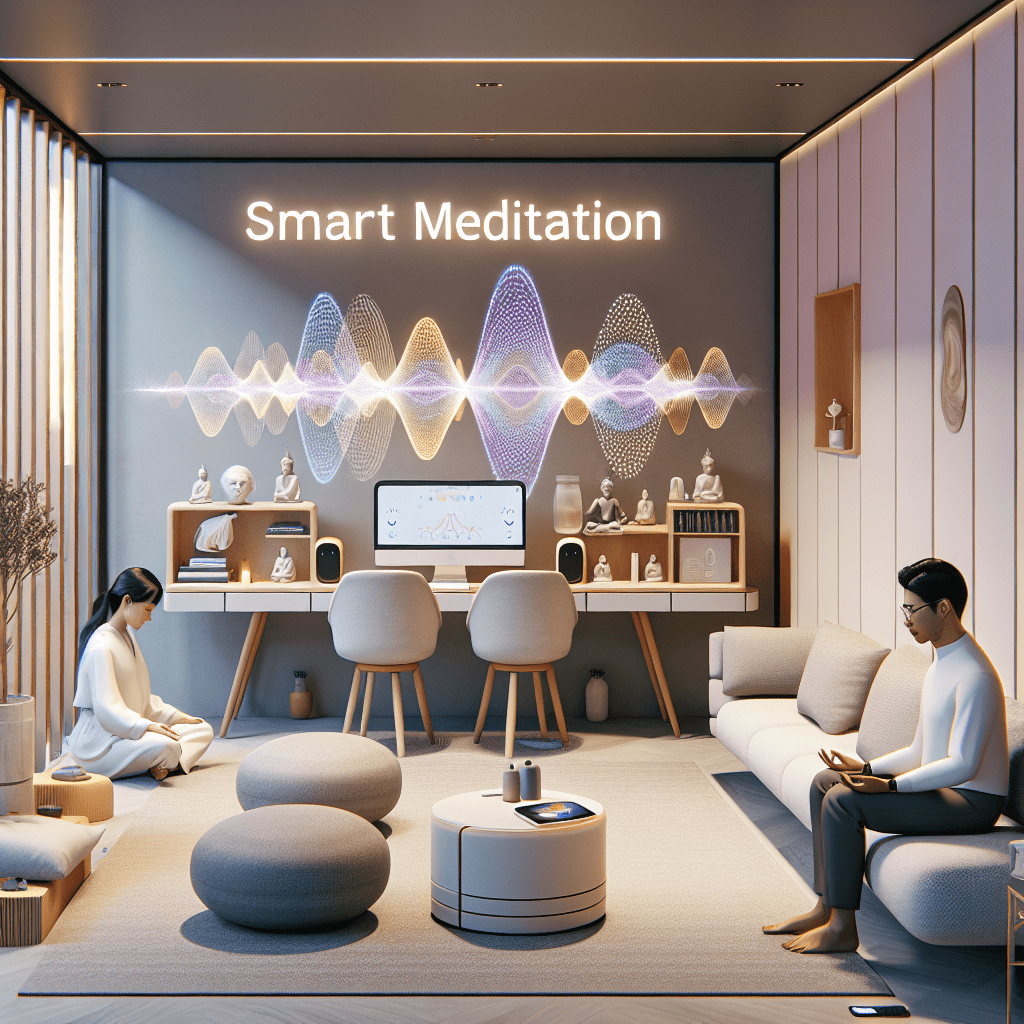
Prioritize your mental well-being daily. Enhance your life by nurturing your mental health with the Smart Meditation app. Break free from stress, alleviate anxiety, and enhance your sleep quality starting today.
How To Start Meditating With Adhd?
Embarking on a Meditation Journey with ADHD: Where to Begin?
If you’re grappling with Attention Deficit Hyperactivity Disorder (ADHD), the mere notion of sitting still and focusing on your breath might seem, well, almost laughable. Yet, amidst the whirlwind of distractions and the ceaseless racing of thoughts, meditation emerges as a beacon of hope for many. So, how does one with a mind that’s constantly on the fast track, dive into the tranquil waters of meditation? Let’s untangle this conundrum, shall we?
Laying the Groundwork: Meditation Fundamentals
First things first, let’s chuck the misconception that meditation is all about achieving a blank mind or mastering the art of “not thinking.” For individuals with ADHD, this myth can be particularly discouraging. Meditation, in essence, is about cultivating awareness and learning to observe your thoughts without getting swept away by them. Here’s how you can kick-start your meditation journey, ADHD and all:
-
Find Your Sweet Spot: Experiment with different types, be it mindfulness, guided meditation, or even moving meditations like qigong. The key is to find what resonates with you and your unique brain wiring.
-
Set Realistic Goals: Aim for just a few minutes a day to start. Remember, it’s not about hitting the one-hour mark right off the bat but about consistency and gradually increasing the duration as you become more comfortable.
-
Craft a Ritual: Make meditation a part of your daily routine. Whether it’s first thing in the morning or as a wind-down activity before bed, attaching it to a regular habit can enhance adherence.
-
Embrace a Tech Buddy: For the tech-savvy and those easily bored, numerous apps offer guided meditations tailored for various needs, including ADHD. These digital pals can make meditation more engaging and less daunting.
-
Set the Stage: Create a conducive environment by minimizing distractions. This might mean meditating in a quiet room, using noise-canceling headphones, or even meditating outside in nature.
Navigating the Bumpy Roads: Tips for Staying the Course
Let’s be real, the journey won’t be all sunshine and rainbows. There will be days when your mind feels like a browser with too many tabs open, and focusing feels like an insurmountable task. Here’s how to navigate these choppy waters:
-
Let Go of Perfection: Your mind wandered off for the umpteenth time? No biggie. Acknowledge it and gently bring your focus back. Meditation is a practice, not a destination.
-
Use Anchor Points: Focus on your breath, or perhaps repeat a mantra. Anchor points can serve as your home base when your mind decides to go on an impromptu adventure.
-
Celebrate the Small Victories: Managed to meditate for five minutes without getting up? That’s a win! Fostering a positive relationship with your meditation practice encourages longevity.
-
Be Patient and Compassionate: Remember, ADHD adds an extra layer of challenge to meditation. Treat yourself with kindness and recognize that progress might look different for you—and that’s okay.
Embarking on a meditation journey with ADHD in tow is indeed a bold move. But, armed with the right strategies and a hefty dose of patience, it’s not just possible; it can be a game-changer. By embracing meditation, you’re not just calming the mind; you’re opening the door to enhanced focus, improved emotional regulation, and a deeper understanding of your unique cognitive landscape. Happy meditating!





